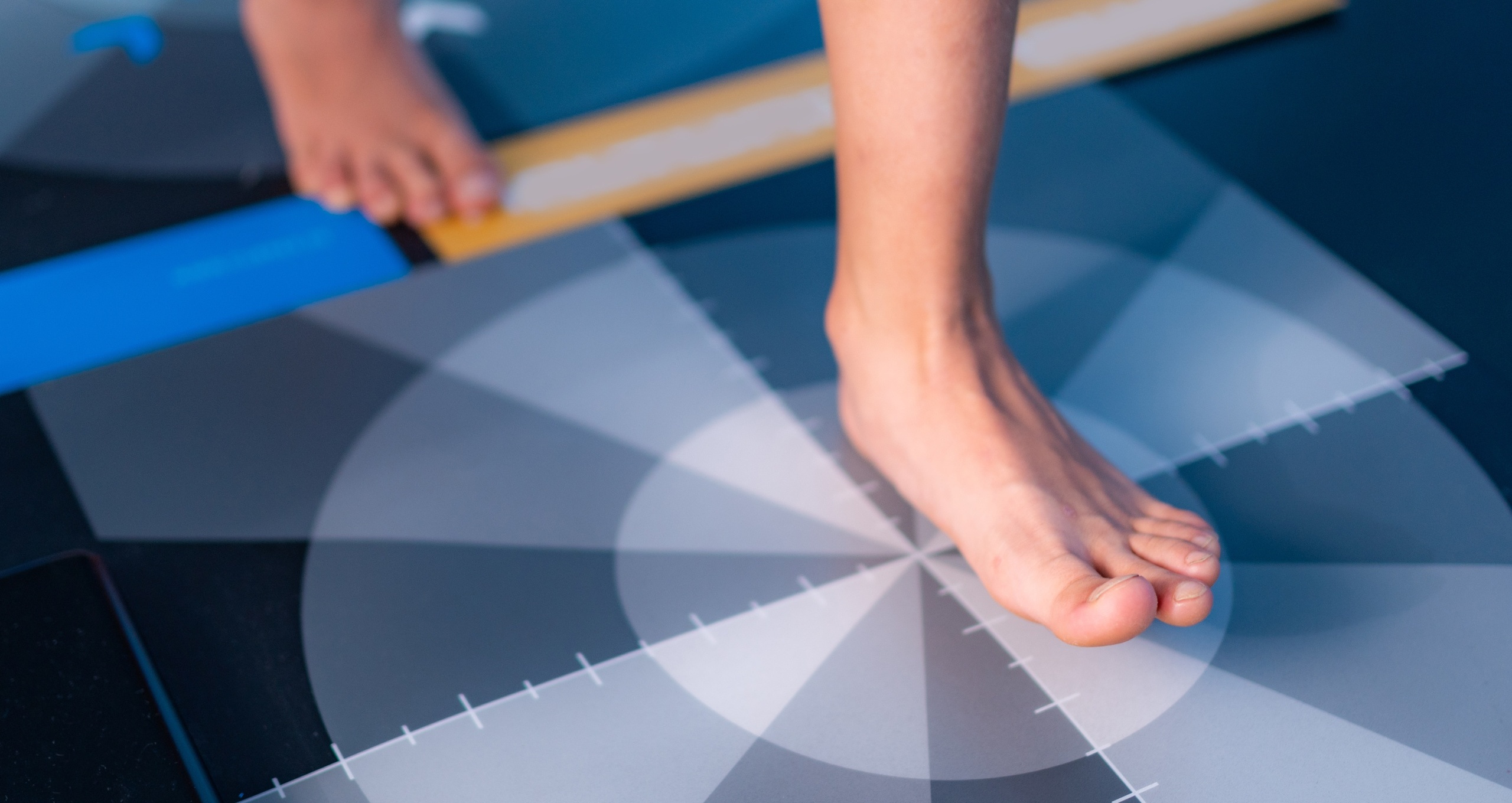
Athletic performance depends not only on strength and skill but also on efficient biomechanics and the integrity of the kinetic chain.
The kinetic chain refers to the interrelated joints, muscles, ligaments and tendons that work in a coordinated manner to produce movement. Disruptions within this chain can lead to inefficiency, decreased performance and increased risk of injury.1 With their musculoskeletal health expertise, DCs are uniquely positioned to assess and optimize the kinetic chain through spinal and extremity adjustments, soft tissue therapy and lower extremity biomechanical assessment.
Critical tools that facilitate the expeditious correction of kinetic chain faults include gait analysis, movement analysis and foot posture screening. The importance of these screening tools lies in gaining a full understanding of the body’s movement patterns (good and bad), against gravity. Once these faults are identified and corrected, we can significantly improve proprioception by stabilizing the lower extremity, enhancing alignment and improving kinetic chain integration.2
The concept of the kinetic chain
The kinetic chain is a system of interconnected segments that must function harmoniously to create efficient movement. Dysfunction in one area can lead to compensatory patterns elsewhere, altering athletic performance and injury risk.3
Table 1 includes five primary kinetic chains and their actions in gait. Understanding these kinetic chains allows you to assess faulty movement patterns and guide athletes through corrective care plans for injury prevention.4
Kinetic chain dysfunction and performance impact
Kinetic chain dysfunction manifests in various ways, including:
- Altered joint mechanics: Restrictions or hypermobility in joints disrupt movement patterns. Example: Limited ankle dorsiflexion affects squat depth and running efficiency.5
- Muscle imbalances: Overactive or underactive muscles create asymmetry, reducing power and stability.
- Example: Tight hip flexors inhibit gluteal activation, limiting explosive movements.
- Compensatory patterns: Dysfunction in one area leads to compensations elsewhere.
- Example: Poor hip mobility can force excessive lumbar spine motion, increasing the risk of low back injury.
Case study
A sprinter with excessive foot pronation may develop internal tibial rotation, affecting knee alignment. This misalignment reduces push-off power and can lead to chronic knee pain. Chiropractic adjustments, combined with muscle activation exercises and foot function corrections, can help restore your patient’s proper biomechanics and enhance performance.
Chiropractic interventions for kinetic chain optimization
Chiropractic care restores optimal function within the kinetic chain through:
- Spinal and extremity adjustments: Realign joints, improve mobility and reduce nerve interference.5 Proper spinal alignment enhances neural communication, which is critical for coordinated movement.
- Soft tissue therapy: Myofascial release and trigger-point therapy address muscle tightness and adhesions, improving flexibility.
- Functional rehabilitation: Exercises restore balance, strength and proprioception.
- Example: Single-leg stability exercises improve lower limb control, reducing the risk of ankle sprains.
- Postural correction: Corrects imbalances to align the kinetic chain, improving movement efficiency.
The role of foot posture and function in kinetic chain optimization
- Improve foot, knee, hip and low back alignment: Orthotics correct pronation and supination, reducing compensatory patterns.
- Enhance shock absorption: Evenly distributes pressure, reducing impact forces during running and jumping.
- Increase proprioception: Enhances sensory feedback, improving balance and coordination.
- Reduce fatigue: By optimizing biomechanics, orthotics reduce muscular effort, delaying fatigue and improving endurance.
Case study
A basketball player with chronic plantar fasciitis benefited from custom flexible orthotics that provided arch support and improved foot alignment. This intervention and chiropractic adjustments allowed the athlete to return to full performance without pain.
Final thoughts on athletic performance and the kinetic chain
Optimizing athletic performance requires a holistic approach that addresses the entire kinetic chain. Chiropractic care, focusing on spinal health, joint function and neuromuscular coordination, is critical in this process. You can correct underlying biomechanical issues, enhance movement efficiency, reduce injury risk and empower athletes to achieve their highest potential by understanding and leveraging the kinetic chain.
Christine Foss, MD, DC, MSED, ATC, DACBSP, DACRB, ICSC, is the director and lead instructor of the Certified Chiropractic Sports Physician Program at Northeast College of Health Sciences, Director of Education for the International Certification of Sports Chiropractic and the Director of Education and Research for Foot Levelers. She was named the 2020 American Chiropractic Association Sports Council Chiropractor of the Year and was the 2023 International Federation of Sports Chiropractic Educator of the Year. Learn more at footlevelers.com.
References
-
Malone TR, McPoil TG, Nitz AJ. Orthopedic and Sports Physical Therapy. 3rd ed. Mosby;1997.
-
Donatelli R, Donatelli G, Baycroft C. Foundations of Orthopedic Physical Therapy. 1st ed. Routledge;2023.
-
Buldt AK, et al. The relationship between foot posture and lower limb kinematics during walking: A systematic review. Gait Posture. 2013;38(3):363-372. https://pubmed.ncbi.nlm.nih.gov/23391750/. Accessed June 16, 2025.
-
Gomes J, et al. Is there a relationship between back squat depth, ankle flexibility and Achilles tendon stiffness? Sports Biomech. 2022;21(7):782-795. https://pubmed.ncbi.nlm.nih.gov/32022631/. Accessed June 16, 2025.
-
Chu SK, et al. The kinetic chain revisited: New concepts on throwing mechanics and injury. PM R. 2016;8(3suppl):S69-77. https://pubmed.ncbi.nlm.nih.gov/26972269/. Accessed June 16, 2025.